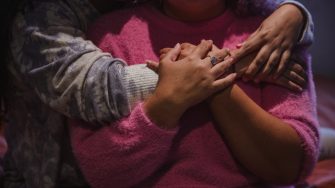Narratives of pride and strength central to Aboriginal young people’s sexual health
Messaging that supports Aboriginal self-determination promotes Aboriginal young people’s sexual health and wellbeing, say social researchers from UNSW Arts, Design & Architecture.

